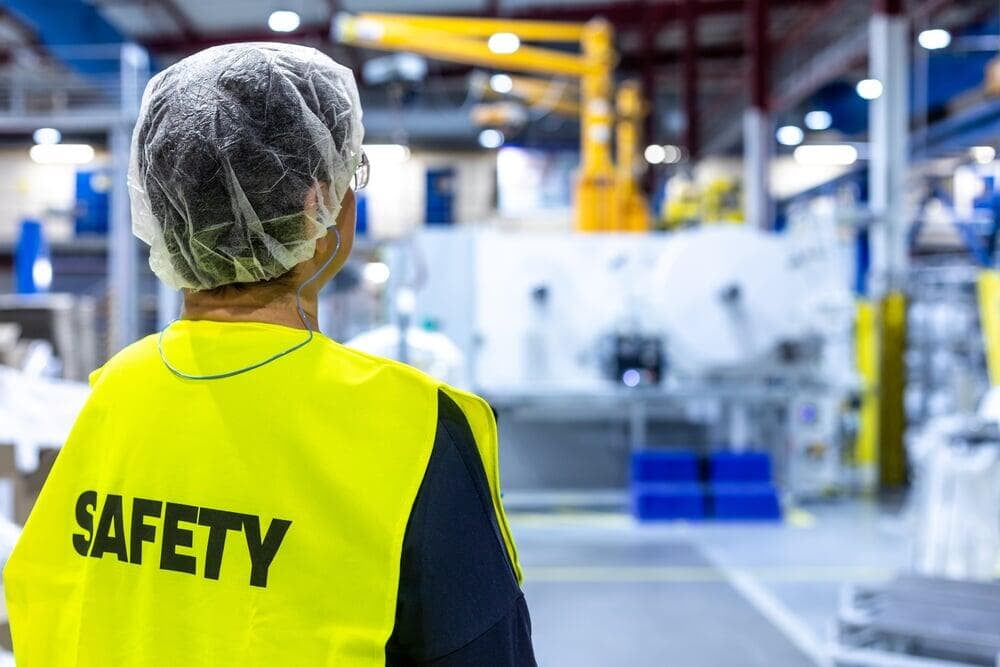
Trade and labour workers face unique safety risks and hazards in their day-to-day tasks. From working at heights and operating heavy machinery to exposure to hazardous substances and electrical hazards, their work environments can be potentially dangerous. That's why workplace safety is crucial for protecting the well-being of these workers and ensuring a safe and productive work environment.
Legal Obligations and Regulations
In New Zealand, workplace health and safety is governed by the Health and Safety at Work Act 2015 and reinforced by WorkSafe New Zealand, the country's primary workplace health and safety regulator. These regulations set the minimum standards for employers to follow in order to create a safe working environment. It is both a legal and moral obligation for employers to prioritise the health and safety of their employees.
Understanding the Risks and Hazards
Trade and labour workers face a variety of risks and hazards that can pose risks to health and workplace injury. Some common risks include:
Working at Heights: Falls from heights can result in severe injuries or even fatalities. Employers must prioritise fall prevention strategies and provide appropriate protective equipment.
Machine Hazards: Operating machinery poses significant risks if not handled properly. Employers should provide comprehensive training and establish clear safety procedures for safe equipment handling.
Exposure to Harmful Substances: Many workers are exposed to hazardous substances such as asbestos or chemical hazards. Employers must identify and mitigate these risks by implementing proper ventilation and ensuring workers are trained on safe handling.
Electrical Hazards: Electricians and related trade workers are at risk of electrical shocks or burns. Employers must ensure electrical systems are regularly inspected and workers are trained in electrical safety procedures.
The Role of WorkSafe New Zealand
WorkSafe New Zealand is dedicated to ensuring the health and safety of workers across the country. They enforce safety laws and provide guidance to employers and workers. Under the Health and Safety at Work Act, employers have a legal duty of care to provide a safe work environment. This includes identifying and managing workplace hazards, providing appropriate training, and ensuring workers have access to necessary protective equipment and resources.
Key Safety Duties and Responsibilities of Employers
Employers, whether a sole trader or a business entity, have key safety responsibilities to protect the health and safety of their employees. These safety duties include:
Hazard Identification and Risk Assessment: Employers must identify workplace hazards and assess the level of risk they pose to workers. This involves regular inspections, consulting with employees, and seeking expert advice if needed.
Implementing Control Measures: Once hazards are identified, employers must implement control measures to eliminate or minimise the risks. This can include engineering controls, administrative controls, and providing protective equipment to workers.
Providing Training and Information: Employers must provide employees with training on workplace hazards and necessary safety procedures. Regular refresher training should be provided to ensure workers are up to date with the latest protocols.
Consultation and Participation: Employers are required to involve workers in matters relating to health and safety. This includes consulting on identifying hazards, assessing risks, and developing control measures.
Implementing Effective Practices
Implementing effective practices for workplace safety is crucial to the safety of workers. Some key steps include:
Developing a Comprehensive Safety Program: This program should outline the necessary safety policies, procedures and guidelines to maintain a safe working environment. It should cover hazard identification, safe work practices, emergency procedures, and proper use of protective equipment.
Providing Adequate Training and Instruction: Workers should receive general safety training as well as task-specific training to understand the hazards associated with their roles. Supervisors should also be trained in identifying and addressing safety issues.
Regular Safety Inspections and Risk Assessments: Conducting thorough inspections helps identify potential hazards or unsafe conditions. Addressing safety issues promptly can effectively eliminate or reduce the likelihood of incidents.
Fostering a Safety Culture: Leadership from businesses plays a crucial role in promoting workplace safety by leading by example, providing resources, investing in training, and encouraging open communication about safety concerns.
Supporting Worker Mental Health and Wellbeing
In addition to physical safety, supporting worker mental health is an essential aspect of workplace health and safety. Strategies to promote mental health include:
Encouraging work-life balance through flexible work arrangements
Offering employee assistance programs for counselling and support
Providing training on stress management and mental health awareness
Ensuring manageable workloads to prevent burnout and stress
Partnering for Safety
Collaborating with WorkSafe New Zealand and industry experts can greatly enhance workplace safety efforts. Employers can access WorkSafe's guidance and support, engage safety consultants for expert advice and training, and work together to continuously improve safety practices.
Your Workforce with Envision Labour Hire
At Envision Labour Hire, we understand the importance of workplace safety for trade and labour workers. As a trusted recruitment agency, we are committed to connecting businesses with skilled and safety-conscious professionals.If you're a business owner looking to build a workforce that values safety and productivity, partner with Envision Labour Hire. Our team of experts can help you find the right talent while providing guidance on implementing effective practices for health and safety at work.
Contact us today to learn more about how we can support your business.